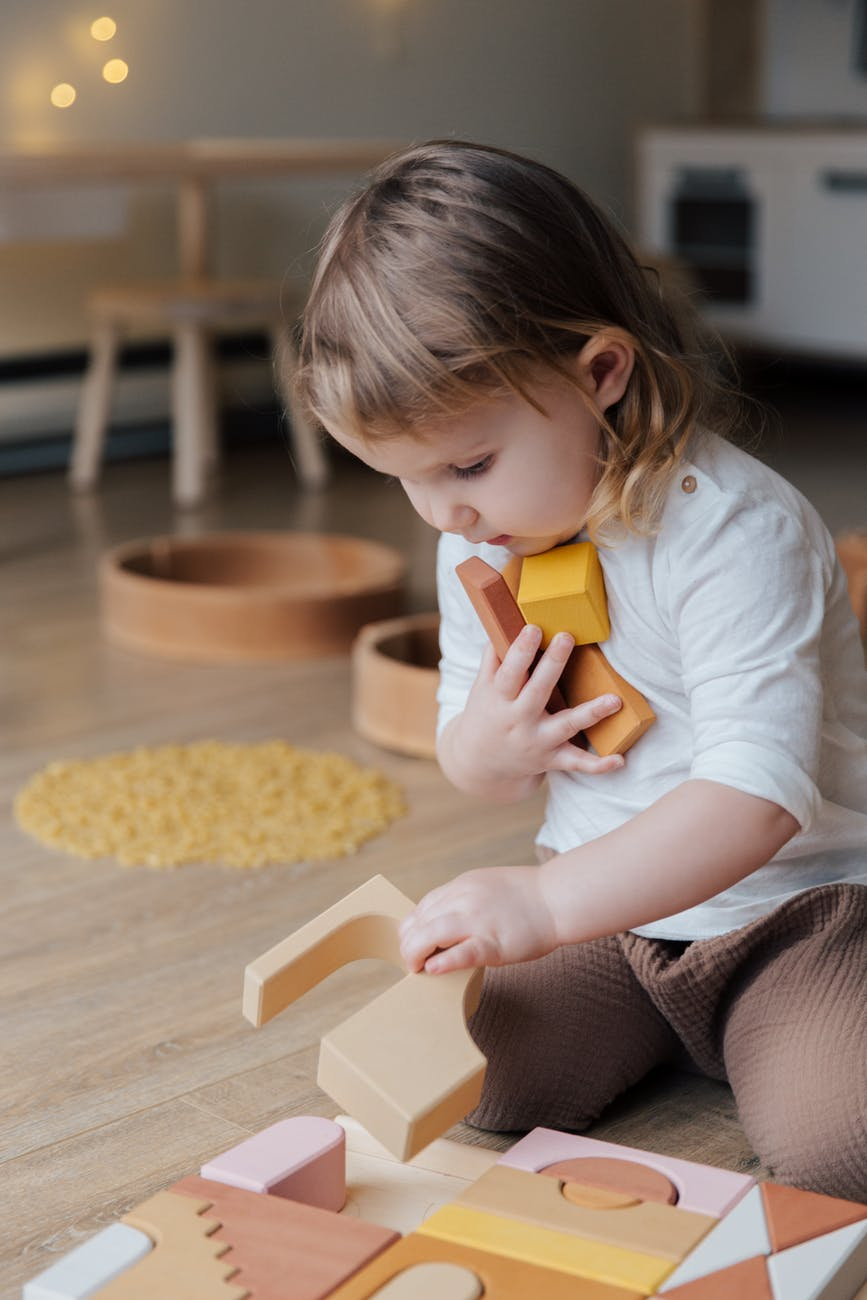Choking is one of the most common and most dangerous health hazards in infants. Nowadays, many small objects are a common part of any household. Toddlers have a habit of putting these objects in their mouths. This can be one of the major reasons for choking toddlers.
Choking in infants can result in lifelong severe throat damage, breathing problems and can become a danger if safety measures are not taken quickly.
Since prevention is better than cure, we must keep infants in an environment free from potential choking objects. This article discusses such precautionary measures for preventing choking in toddlers.
Causes And Signs Of Choking In Toddlers
A toddler may choke due to a blockage in the throat by any foreign item. Below are the key causes of choking in toddlers:
- Eating a small piece of food, object or liquid quickly
- Putting foreign objects in the mouth unconsciously out of curiosity
- Choking while eating too fast
- Choking while chewing food in the mouth and talking simultaneously
Choking on Saliva in Kids
Toddlers can also be choked by saliva. If this happens frequently, a doctor should be consulted. Possible causes may include swollen tonsils that result in saliva flow blockage or infant reflux.
In addition to this, allergies or colds can make it difficult for toddlers to swallow thick saliva and mucus. Medicines and proper treatment must be taken to make the mucus thin. Medicines may include saline drops or vaporizers.
Some early toddlers also secrete more saliva during the teething process. This can cause suffocation. Occasional coughing or vomiting is not usually a common thing, but if the choking does not improve or worsens, a doctor must be consulted.
If you have a toddler at home, you should always be agile and look out for the below signs of choking in your little toddler. While choking is usually short-lived and does not cause real danger, suffocation in toddlers can be dangerous and can lead to life-threatening complications.
- A choking toddler may continue to cough as a reflex until the food or liquid is drained from the throat or respiratory tract
- A pale skin
- Difficulty in breathing
- Extremely weak coughing
- Issues while inhaling

How to Prevent Choking Hazards In Your Toddler?
Below are the top 5 ways to prevent choking hazards in your toddler.
1. Pay Attention To What Toddler Eats
Close attention must be paid to what the baby is eating or putting in his/her mouth. Certain foods like marshmallows and even healthy foods can be the reason for choking.
For example, popcorn, nuts, or seeds must not be given to children under 4 or 5 years, because they need all the molars to grind the food properly. Foods like hot dogs are also dangerous. A hot dog can completely block a child’s airways. To make it safe for consumption, it should be cut in half lengthwise and then cut into thin slices.
Grapes can also block the windpipe a little. Grapes should be peeled before serving them to kids. Harmless foods like peanut butter can also stick in the throat because of their gum-like texture.
The child should be served a balanced diet. The food must be cut into small pieces to avoid any choking possibilities.
2. Teach Them Meal Postures
Parents must teach their children to sit upright when eating. Unappropriate postures and lying down may create risks.
Also, parents must encourage them to chew properly. Teach the child not to speak with food in their mouth. If taught on time, these postures become their habit and may contribute to reducing the risk of choking while eating.
3. Age-appropriate Toys Must be Given to Them
Toys come with age warning stickers. These warnings should be taken seriously. Sometimes parents ignore the warning because some toys may appear appealing to their kids.
However, the age limit warns about the danger of suffocation for young children. An age-appropriate toy is free from small choking hazardous parts.
Sometimes, there are no warning labels. In this case, parents must diligently examine toys before buying them. If the child likes to chew, he must be given toys that cannot be put in his mouth.
Stuffed animals usually seem safe, but if they have marble eyes, they can get detached from the toy, posing a choking threat.
4. Make Them Stay Away From Balloons
Balloons are one of the major choking substances. When the balloons explode, they eventually fall on the floor. Babies and toddlers can unknowingly put them in their mouths and hook them. The soft latex has the tendency to stick to the throat. This poses a serious choking hazard.
5. Careful Observation
Children can and will find small things that are a common part of the household on the ground. They are not part of their toys but some carelessly kept things on the floor. Parents must be careful in keeping such things in close vicinity to a toddler.
Nowadays, choking-free bottle caps and other small objects are available in the market, which are an essential part of the production line in a plastic molding factory.
These small objects can even be pebbles, batteries, paper clips, and other small objects that can get stuck in their throats, so close attention must be paid.
It is impossible to monitor children 24 hours a day, 7 days a week. Therefore, a clean and enclosed play space for infants must be created. This allows them to play safely when busy.
Conclusion
Choking in infants is a serious issue. With proper care and attention from parents, problems like these can be tackled. As a toddler, they must be taught good posture and meal etiquettes as these develop into habits one day.
Featured Source: Pexels




